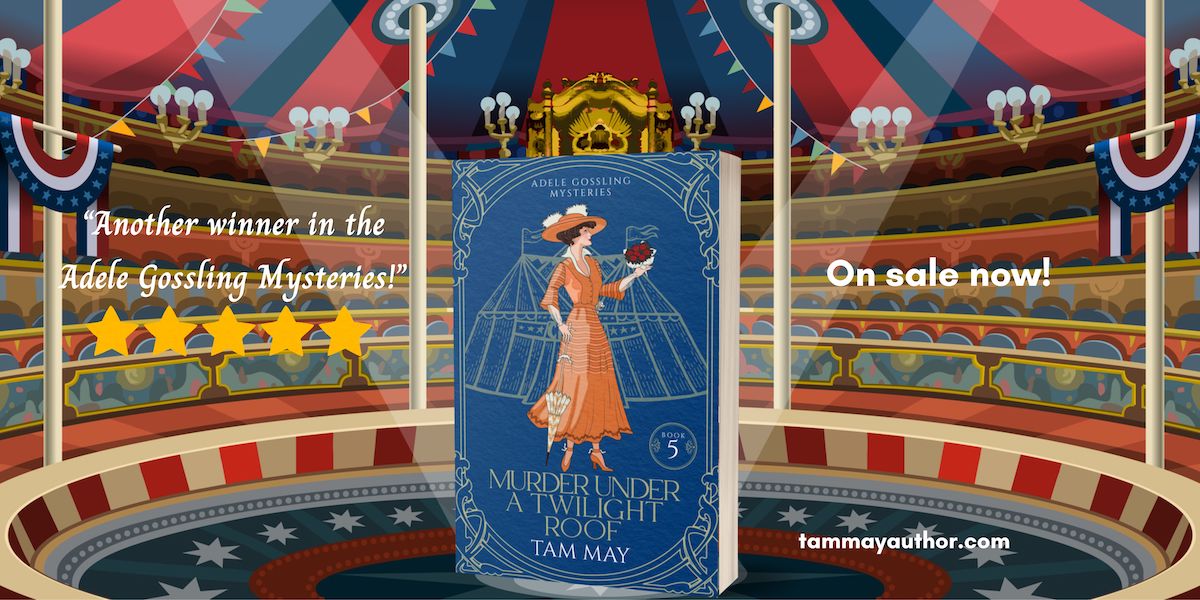[Jake Teaser]

Photo Credit: Father and son (Thomas Hopewell and his son Timothy), Frank Buchser, 1861, oil on canvas, Galerie Koller: Botaurus/Wikimedia Commons/PD art (PD old 100)
In an earlier version of False Fathers, my second book in the Waxwood Series, Jake Alderdice tells his mother how people have always thought of him as an “odd duck.” To me, this summarized Jake’s character not only in the story but in the canon of my own writing.
I won’t lie. Writing about Jake was a struggle for me for many reasons. On the one hand, since the Waxwood Series is about the deterioration (physically, mentally, and emotionally) of the Alderdice family, Jake’s story had to be told since he’s Vivian Alderdice’s younger brother. But I was nervous about writing the story of a male main character, even though Jake’s psychological reality was familiar to me.
The story I conceived of Jake in the original 3-part novel about the Alderdice family (which I talk about here) included Jake’s story. In fact, his story is the only one that remains more or less true to my original conception of it from that novel, in the sense that Jake comes of age amidst psychological circumtances many young men usually don’t have to deal with. But I realized when I started rewriting the story that I didn’t really know Jake at all. My own uneasiness about writing male characters (especially central ones) kept me from really digging deep into his character. I knew some things about him — that he was an artist, taught by his grandmother, that his mother had a particular loathing for him she didn’t have for his sister, and that his identity as a man (and the only surviving male of the family) was instrumental to his evolution. I liked him, but he felt remote to me, much more so than his sister Vivian or Gena Payne, the main character in Book 3 of the series.
What gave shape to the character of Jake was the historical time frame. When I wrote the book as contemporary fiction, Jake didn’t seem all that much different from other young men. He didn’t go for “sowing his wild oats,” but so do a lot of young men these days. He was an artist, but so are many others. His mother treated him as if he were a mistake, but so do a lot of other mothers (unfortunately).
So why did the historical context change this? Simply, I started to see Jake’s character against the backdrop of the Gilded Age. The psychology of gender has always interested me, not only regarding women but men as well. When I started researching masculinity in the Gilded Age (some of which I talk about here and here), I realized how complex the idea of what it meant to be a man back then was, almost more complex than what it was to be a woman (since women had some support with the suffragist movement and the New Woman ideal). As I wrote the drafts for this book, I got to know Jake better and understood his struggle to figure out who he was, not only in the shadow of the family half-truths, lies, and myths, but with his own personality and quirks that did not suit the growing ideals of masculinity at the end of the 19th century.
So he became a character I appreciated and thought I could make readers appreciate as someone looking for what he wanted to be in a chaotic world with contradicting messages and conventions (not unlike young people in our world today). I could see not only his struggles, but also what he learns about his family, those around him who profess to help him, and, most importantly, himself.
To learn more about Jake, you can check out the series page here. To order your copy of False Fathers, which is now at a special preorder price, go here. Plus, you can read a bonus excerpt from the book if you join my readers group here.

